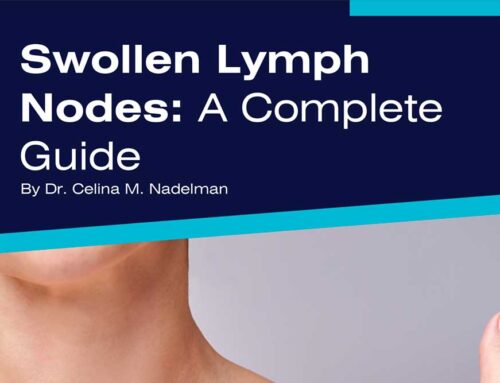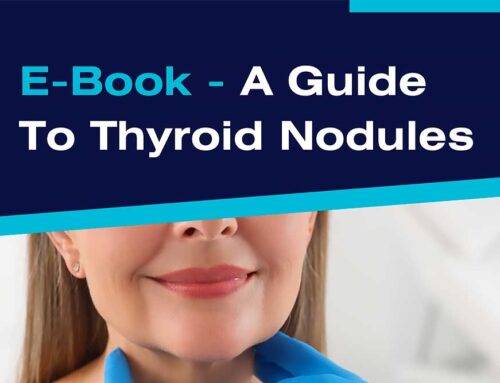
In this comprehensive guide to Fine Needle Aspiration (FNA), we dive into the multifaceted world of this type of biopsy, exploring its numerous advantages, the paramount need for precision, and the vital role of pathologists in cancer diagnosis. Approved by Dr. Celina Nadelman, an experienced interventional pathologist, this informative resource offers invaluable insights into fine needle aspiration biopsy procedures, their benefits, and their impact on patient care.
The Benefits of Fine Needle Aspiration (FNA)
Fine Needle Aspiration is more than just a medical procedure; it is a transformative approach to diagnostic medicine. This needle biopsy technique is performed using a thin needle and syringe to extract cells from an abnormal area or suspicious area of the body. FNA offers several compelling advantages:
- Speed and Efficiency: (FNA) Fine needle aspiration biopsy is known for its rapid process, often taking just minutes to perform. This swift procedure is crucial in time-sensitive cases, such as cancer diagnosis, where quicker diagnoses lead to faster treatment planning.
- Expedited Results: Unlike traditional or core needle biopsy methods, FNA samples are smaller and can be analyzed swiftly, often providing preliminary results within 24 hours. This rapid turnaround alleviates patient anxiety and speeds up treatment decisions for referring physicians and their patients.
- Enhanced Patient Management: FNA’s minimally invasive nature allows for ongoing monitoring of a patient’s condition, a critical aspect of cancer care. It enables tracking disease progression and treatment response without the need for repeated surgical biopsy procedures.
- Resource Efficiency: Unlike traditional biopsies, FNA does not require extensive hospital resources or surgical suites. This biopsy is performed in outpatient clinics or diagnostic centers, making it more accessible and reducing hospital burden for both patients and referring physicians.
- No General Anesthesia: Fine needle aspiration eliminates the need for general anesthesia, significantly reducing associated risks, especially in patients with underlying health conditions. Local anesthesia ensures patient comfort while maintaining diagnostic accuracy.
- Minimally Invasive with Less Morbidity: This type of biopsy causes minimal trauma to surrounding tissues. The thin needle used in the procedure helps minimize pain, infection, and bleeding, resulting in lower morbidity and faster recovery.
- Cost-Effective: FNA is highly cost-effective compared to core needle biopsy or surgical biopsy methods. It eliminates expenses associated with operating rooms and general anesthesia, making it a financially efficient diagnostic tool for both healthcare systems and patients.
- Patient Comfort and Satisfaction: Patient comfort is paramount, and FNA excels. Its minimally invasive nature and the use of a needle and syringe under local anesthesia ensure minimal discomfort, increasing patient satisfaction and compliance with follow-up testing.
- Diagnostic Accuracy: Despite its minimally invasive nature, fine needle aspiration biopsy maintains a high level of diagnostic accuracy, particularly in conditions like thyroid nodules, breast lumps, and lymph node evaluations, where it boasts a remarkable accuracy rate comparable to larger biopsy methods.


